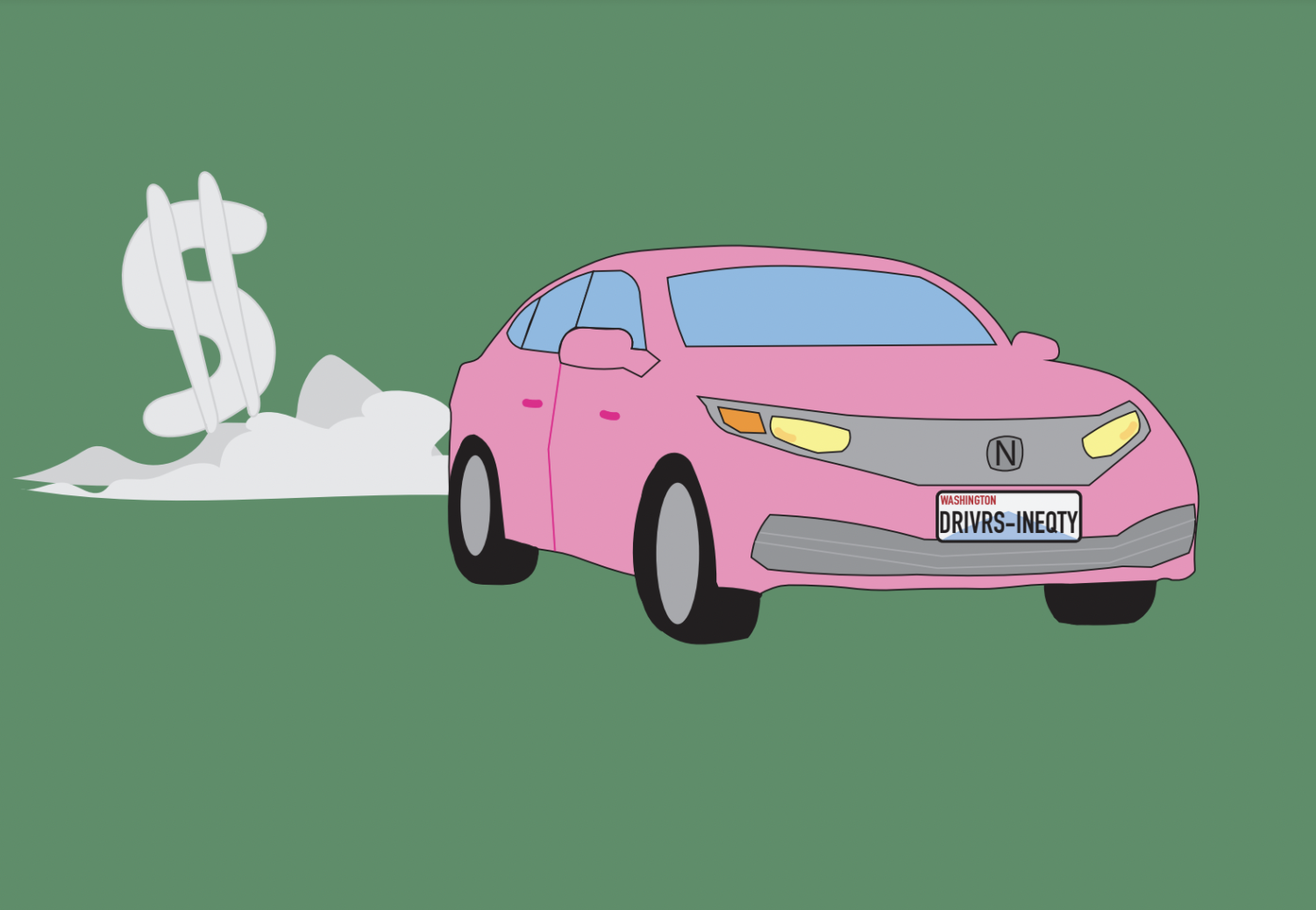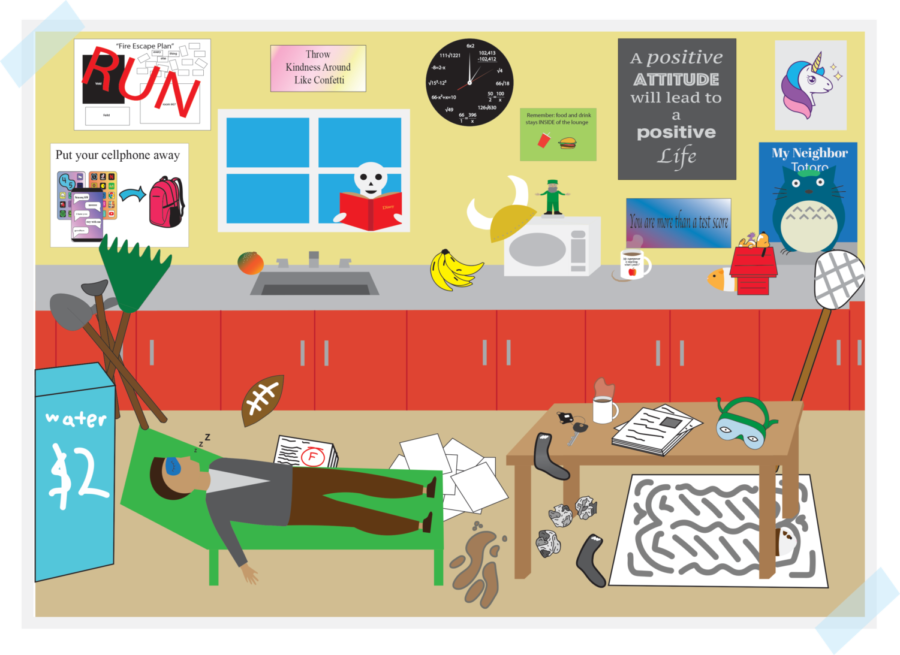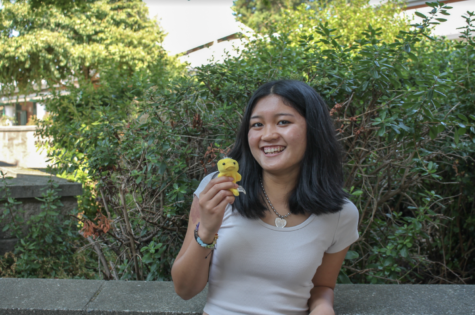Driver’s licenses are the key to increased independence and mobility, especially for students who have responsibilities that require personal transportation. Although obtaining a driver’s license is usually a goal for high school students, there are many systematic roadblocks such as the limited access to drivers education that stand between teenagers and the driver’s wheel.
The high cost of required driver’s education to those under 18 is a barrier for would-be student drivers. The average cost of driving school in Washington state is about $600-$630, excluding the $30 fee for a written test, the $60 drive test fee and the $15 license fee. Assuming the student is able to pass these tests on their first attempt, this brings the total to about $765.
Vehicles must be refueled often, adding on to the high cost of drivers ed. The average cost of regular gas in the Kenmore area ranges from $4.50 to $5. In a 2022 study conducted by the U.S. Bureau of Labor, the average cost of gas in Washington state increased by 21.3% from the previous year.
Once student drivers get their licenses, they must have a vehicle and be insured in case of an accident. The average cost of car insurance for teenagers in Washington state can range from $2,000-$5,000, and the costs of new or used cars can range from $28,000 to $50,000. Due to the effects of the COVID-19 pandemic and supply chain issues, it is unlikely that these prices will deflate in the foreseeable future. Added together, these factors create a striking economic barrier between those who can and cannot afford to drive.
The ever-growing cost of driving especially impacts individuals from marginalized communities. The racial disparities within the demographics of drivers in the US highlight the barriers between the opportunities for people of color.
In 2017, the AAA Foundation for Traffic Safety stated that non-Hispanic white people were the ethnic group most likely to be on the road. In a 2015 report, the Centers for Disease Control stated that Black high school seniors were twice as likely to be unlicensed compared to their white counterparts.
Driver’s licenses enable easier access to transportation to extracurricular activities, boosting student resumes and increasing their post-high school opportunities. They also allow students to take up additional family responsibilities, such as caring for siblings, while also working in order to contribute to their family or personal expenses and college savings.
Additionally, transportation is limited for teens who have their licenses but must share a car with family members. Without equitable access to transportation, those who can drive at 16 get a head start compared to those who can’t.
Practice is crucial for teen drivers working toward their licenses. Washington state requires driving students to complete 50 hours of daytime driving and 10 hours of nighttime driving. On top of the high cost of driving schools, students must complete their practice hours on their own, under the supervision of a parent or guardian rather than a professional instructor.
For students with parents who have busy schedules, it can be difficult to get adequate driving practice at home. In a recent study conducted by Nordic News, 40% of students found it difficult to get their personal practice hours.
Lack of practical experience can lead to expensive and perhaps fatal consequences. According to a 2019 study conducted by the CDC, car accidents were the second leading cause of death in teenagers in the U.S.. Inexperience is one of the main risk factors in teen car crashes, despite the fact that all licensed drivers under the age of 18 in Washington state must go through drivers ed. This raises the question of whether or not student drivers are provided with adequate resources and training in driving schools.
Before 2002, drivers ed was a class available in all Washington state high schools. During these classes, students were taught about road safety and were able to practice driving with professional instructors during and after school hours. Drivers ed classes were taken out of the majority of high schools due to lack of government funding. In turn, the financial burden of drivers ed was transferred to the families of young drivers. Some local high schools such as Lynnwood, Meadowdale and Edmonds-Woodway still offer drivers ed, but they are priced at $550-700 and not offered during school hours.
Although there are many economic challenges present in the drivers licensing system, there are a few resources available that make drivers ed more affordable. Local foundations, such as Hagerty Drivers Foundation and 911 Driving School offer scholarships to students to cover the cost of drivers ed. Despite the availability of these resources, these scholarships are limited and often go unrecognized due to the lack of public knowledge.
In 2018, Bellingham School District announced their decision to bring back drivers ed to their high schools in an effort to increase equity within their district. Although Northshore School District is working toward creating a more equitable environment for students, they have not spoken on creating drivers ed programs similar to Bellingham despite the rising financial burden of driving students’ families.
If more government funding was directed back into drivers ed, driving would become a much more accessible skill for teenagers and simultaneously decrease road accidents due to more opportunities for student drivers to gain practice. In an area where public transportation is often an inefficient and time-consuming option, increasing equity for teen drivers is crucial to open the doors to opportunities for all students.






















